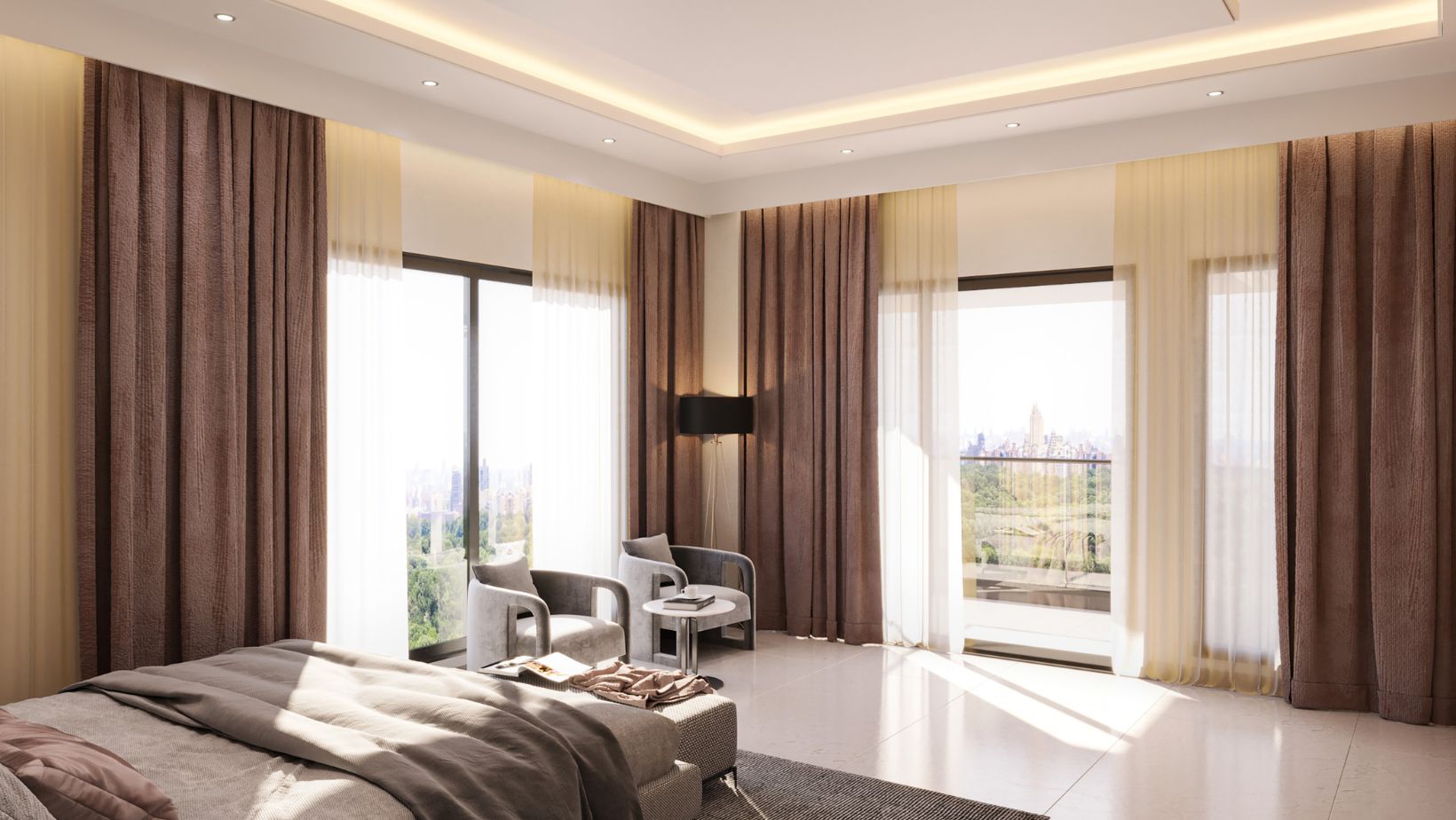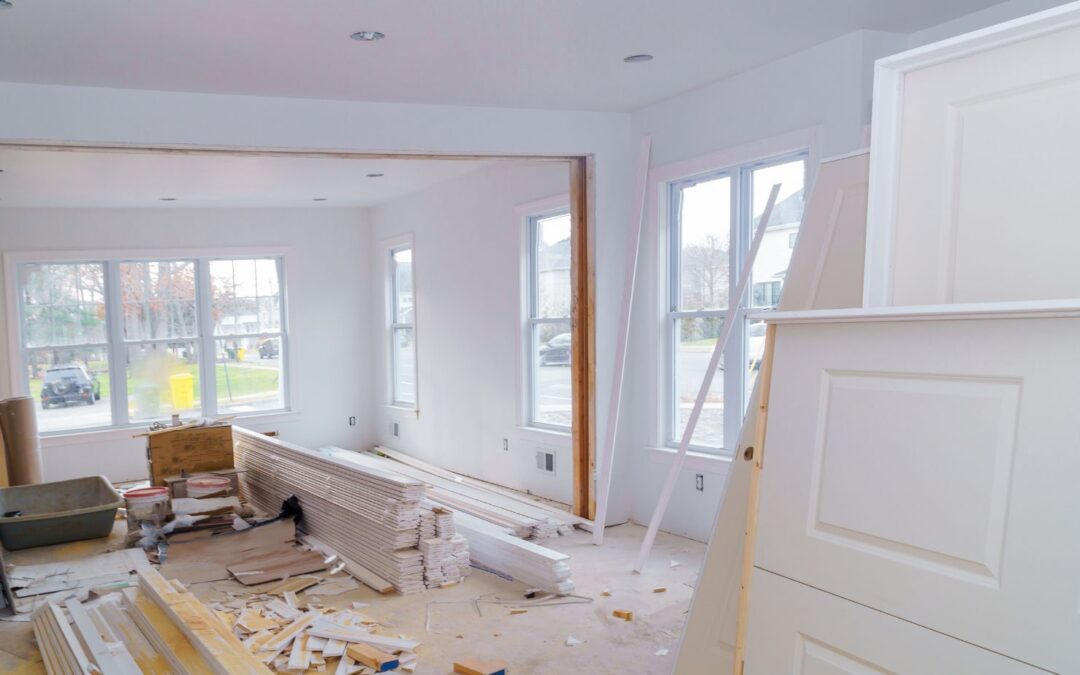A good night’s sleep is more than just a luxury; it’s a necessity. Imagine waking up feeling refreshed and ready to tackle the day, instead of groggy and out of sorts. Your bedroom plays a huge role in how well you sleep, and upgrading this space can make a world of difference. In this guide, you’ll discover practical and affordable ways to enhance your sleep environment. From choosing the right mattress to optimizing lighting, we’ve got you covered. By the end, you’ll be well on your way to creating a sanctuary that promotes restful, rejuvenating sleep.
Assessing Your Current Bedroom Setup
Before diving into upgrades, take a moment to assess your current bedroom setup. How’s the lighting? Is your mattress supportive enough? Think about the noise levels and the overall ambiance. Start by making a list of what you like and what you don’t. Pay attention to things like clutter, which can make a space feel chaotic, and consider how easy it is to keep your bedroom clean and tidy. By identifying these factors, you can better understand what changes will have the most significant impact on your sleep quality.
Choosing the Right Mattress
One of the most crucial elements for a good night’s sleep is your mattress. It should offer the right balance of support and comfort. There are several types to choose from, including memory foam, innerspring, and hybrid mattresses. Each type has its benefits, so it’s essential to find one that suits your sleep style. When shopping for a queen mattress, make sure to test it out in the store. Don’t rush; take your time to lie down and see how it feels. Check the return policy too, just in case it doesn’t work out after a few nights at home. Additionally, when selecting your mattress, remember to choose your bed base carefully. A good bed base can enhance the support and longevity of your mattress, contributing to a better sleep experience.
Upgrading Your Bedding
Quality bedding can make a significant difference in your comfort level. Look for materials that feel good against your skin, like cotton, linen, or bamboo. Each has unique properties that can enhance your sleep. For example, cotton is breathable and soft, while linen is durable and gets softer with each wash. Think about having different bedding sets for different seasons. Light, breathable sheets for summer and cozier options for winter can keep you comfortable year-round. Don’t forget to invest in good pillows that support your neck and head properly.
Optimizing Bedroom Lighting
Lighting is another critical factor in creating a sleep-friendly environment. Harsh overhead lights can be too stimulating, so opt for softer, ambient lighting. Bedside lamps with warm bulbs are a great choice. Consider using blackout curtains to block out any outside light that might disrupt your sleep.

If you like to read before bed, a dimmable reading lamp can provide the perfect amount of light without being too harsh. Smart lighting solutions, like bulbs you can control with your phone, can help you create the ideal lighting conditions with ease.
Creating a Relaxing Atmosphere
The atmosphere in your bedroom should promote relaxation. Start with a calming color scheme. Soft blues, greens, and neutrals are great choices. Decluttering is essential; a tidy space can reduce stress and make it easier to relax. Personal touches like artwork, photos, and plants can make the room feel more inviting. Consider adding elements that appeal to your senses, such as a diffuser with your favorite essential oils or a sound machine with soothing sounds. These small touches can create a tranquil environment that helps you unwind.
Enhancing Temperature and Air Quality
The temperature and air quality in your bedroom are crucial for a good night’s sleep. Aim for a cool, comfortable temperature, ideally between 60-67°F. Good ventilation is essential, so keep a window open if possible, or use a fan to circulate the air. An air purifier can help remove allergens and pollutants, improving the air quality. Some plants, like snake plants and peace lilies, are great at purifying the air and can add a touch of nature to your room. These adjustments can help create a more comfortable and healthier sleep environment.
Incorporating Technology for Better Sleep
Technology can be a double-edged sword when it comes to sleep. On one hand, devices like smart thermostats and sleep trackers can help optimize your sleep environment. Smart thermostats can maintain the perfect temperature throughout the night, while sleep trackers can provide insights into your sleep patterns.

However, it’s important to minimize screen time before bed, as the blue light from screens can interfere with your sleep. Balance is key. Use technology to your advantage, but make sure it doesn’t disrupt your relaxation time.
Final Touches and Maintenance
Once you’ve made all these upgrades, regular maintenance is key to keeping your bedroom a sleep haven. Clean your bedding regularly and rotate your mattress every few months to ensure it wears evenly. Simple daily habits, like making your bed each morning and tidying up before bed, can help keep your space organized and inviting. Reflect on what works and what doesn’t, and don’t hesitate to make adjustments as needed. By maintaining your upgraded bedroom, you’ll continue to enjoy the benefits of a restful, rejuvenating sleep environment.
Conclusion
Upgrading your bedroom doesn’t have to be a daunting task. With a few thoughtful changes, you can transform it into a sanctuary that promotes better sleep. Remember, the key elements are a supportive mattress, quality bedding, optimal lighting, a relaxing atmosphere, and good air quality. Incorporate technology wisely and maintain your space regularly. These small steps can lead to significant improvements in your sleep quality. Start your bedroom transformation today, and look forward to waking up refreshed and ready to take on the day.
Jessica has a flair for writing engaging blogs and articles. She enjoys reading and learning new things which enables her to write different topics and fields with ease. She also strives to break down complex concepts and make them easy for anybody to comprehend.





